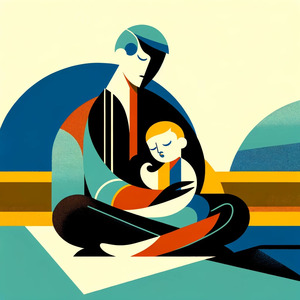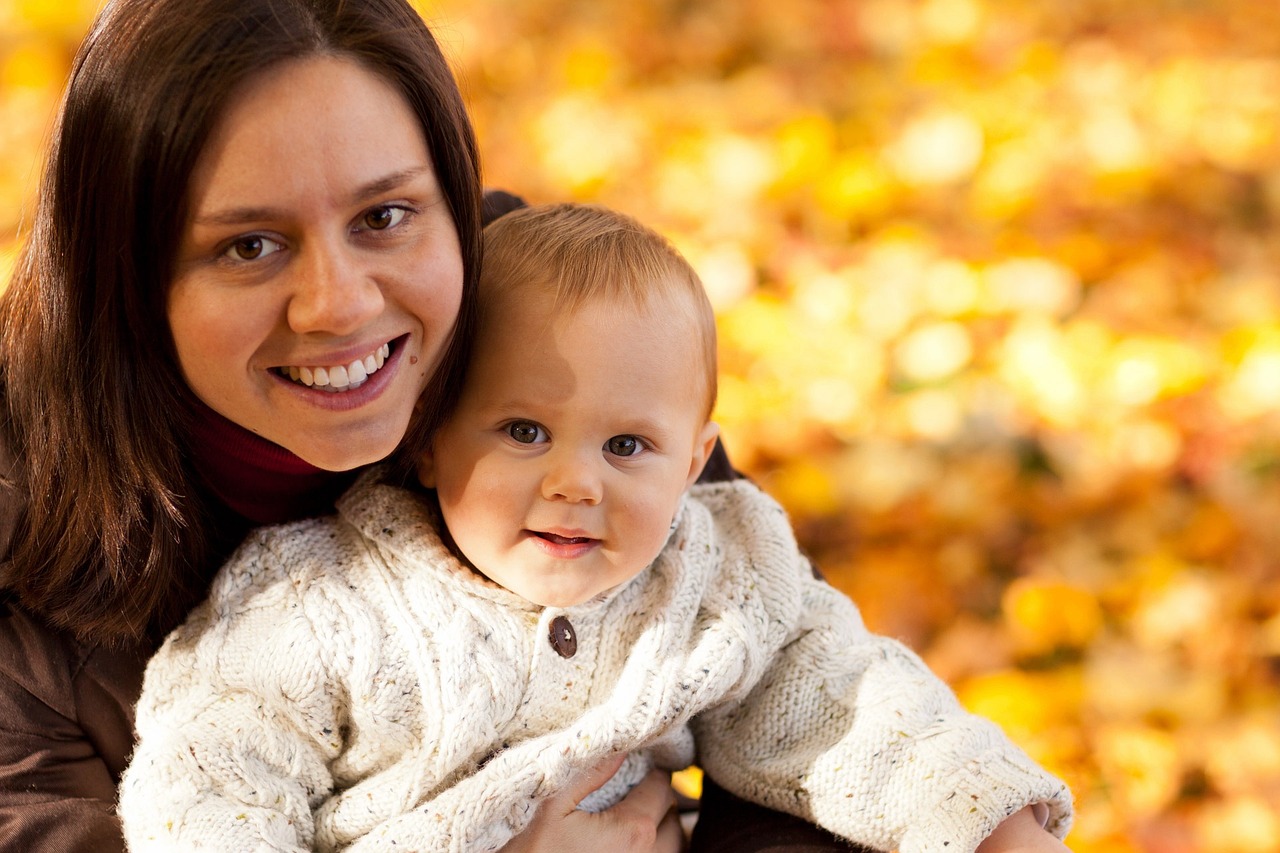
Structuring a Class
I have found that one hour classes seem to work well. Perhaps a 20 minute introduction, then a 15-20 minute sit, followed by up to 20 minutes of debrief. Sometimes it will end a little sooner. Sometimes if the debrief is short, we might do an additional 5 minute sit.
Whilst I’m sure there are plenty of other formats that could work, and I would love to hear from people that have alternative structures, this is one that has worked for me for many years. Kids of all ages, from zero to 8 or so, seem able to handle it. Above that age, in the Festivals world where I have done much of my teaching, they are okay to go elsewhere while the parent(s) attend the class. In an urban setting, this might work out differently. Ideally, older kids can be given a book in the corner of the room. Less good is an electronic device and headphones, but if this is what it takes for a parent to be able to attend, I personally would accept it.
Festivals don’t tend to have many chairs. Therefore these workshops have typically been done seated on the floor, on cushions. On the one or two occasions where I have tried to use chairs, I found it quite hard. Being on the ground brings you down to the child’s level. They can easily come and go. If they fall asleep, they can fall asleep on the floor. They can easily climb back on a parents lap, they can easily ask for a feed if mum breast-feeds.
I offer an introduction typically drawn from the material in the “Basics” menu above – about grounding into your experience, welcoming one’s feelings towards one’s children, regardless of what those feelings are. Then, during a led meditation, I practically always keep my eyes open. I make it clear to parents that I am not providing childcare – they are still parents during the meditation. They can decide whether to keep their own eyes open or closed, likely based upon what their child is doing, or not.
I keep my eyes open so I can see what is happening for parents, and also so I can keep half an eye on what the kids are up to. Occasionally, a child will pick up something heavy and head towards another parents child. If necessary I will get up and quietly take the object off the child, or perhaps return the child to its parent. I am always careful to do this gently and kindly, and in full view of all the parents that are watching.
I have, however, found that giving eye contact to a child that is ‘high energy’ actually increases their energy levels. Therefore, as leader, it seems best to avoid making direct eye contact with kids – especially high energy ones.









